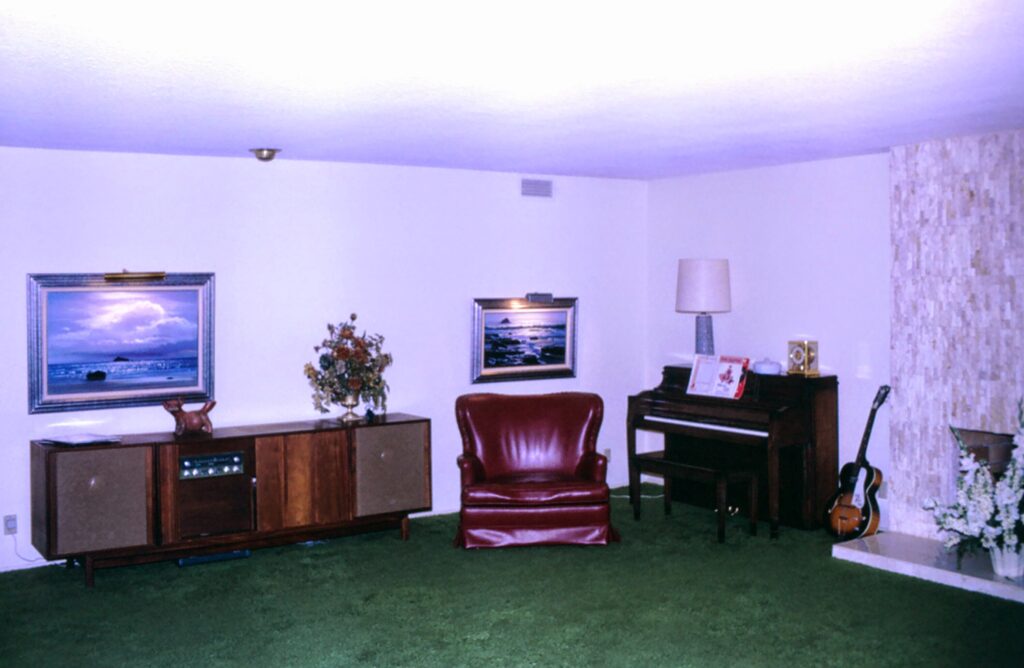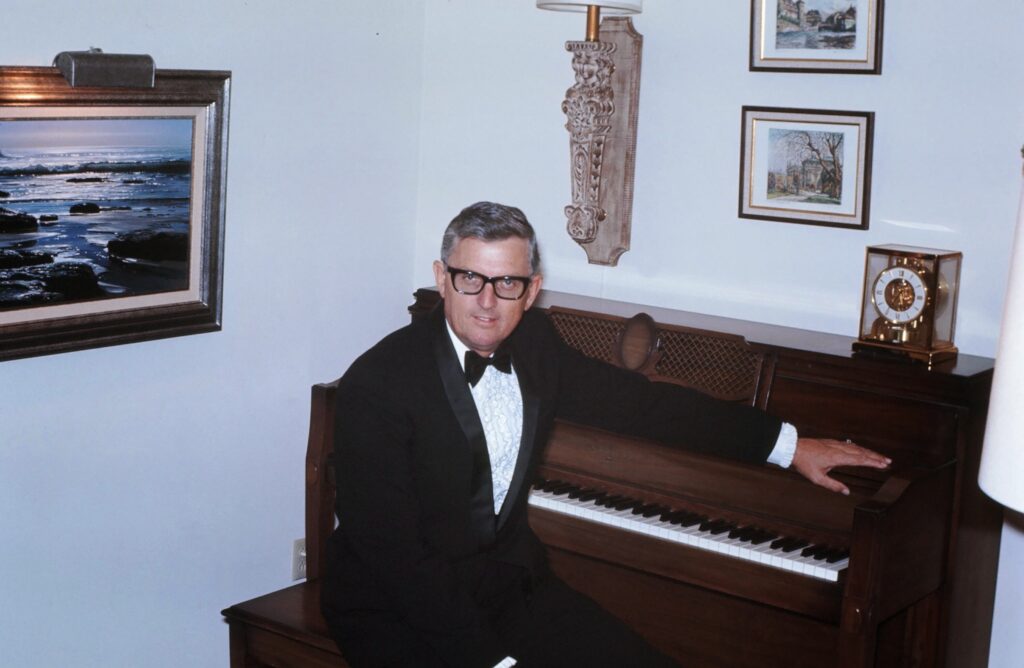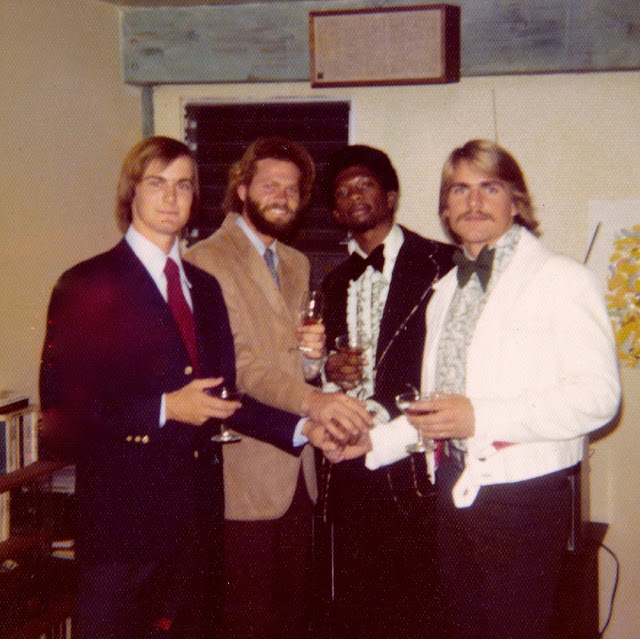I’m always curious about methods for finding peace and calming your chaotic mind. I’ve stumbled across the benefits of sound, music, chants, frequency—even breathing. And listening to a well-narrated book. But today, I’m updating my post about Gregorian Chants. It’s the Sabbath, and I’m not too fond of the church music I grew up with.
Music can instill peace, but it can also lull you away into depression or rebellion. It’s not only the tone, but words have power. The New Testament equates Christ with “The Word.” Yet, we listen to music, sometimes without even noticing the words of the song’s meaning. I’m guilty of this in my teenage years, because now when I hear an old song from the 1960s and listen to the words, I’m shocked. Sometimes the beat is so enticing — The Rolling Stones and I Can’t Get No Satisfaction — to name one.
When I was fifteen, a guy I knew (about 3 years older) asked me to go to the Rolling Stones concert — my dad forbade me to go. So, I didn’t go. Instead, we went to Credence Clearwater Revival — Run through the jungle is still a favorite memory. (I guess I better read the lyrics.) My best friend, Mary Lee, and I bought a lot of albums. When we were in 5th grade, we collected The Beatles cards — during the summer, we went down to this little store in San Clemente, and handing over a few coins, we purchased a bubble gum pack that contained a Beatles trading card. I liked Paul and the music.
Sometime in my teens, I bought a Rolling Stones album, and my dad took his car keys and scratched the vinyl so I couldn’t play it. I wasn’t too upset because I knew the cover was inappropriate — it had a close up of a guy’s jeans and a real zipper for the fly on the cover. My dad trashed it. He was not a fan of rock ‘n roll. He said it didn’t have enough notes or something like that. He never scolded me for all my album buying, but he did look them over.
A little background on my dad: He was born in 1920. When he was a teenager, he used to sneak out of the house and trundle over to some jazz joint to listen to the much frowned-upon “jazz” (Louis Armstrong, Ella Fitzgerald, etc.) Funny. See, this is a good reason to become a parent — you go easy on your kids when they do similar things. My dad never yelled at me. And eventually, he accepted the band Blood Sweat & Tears and Herb Alpert & the Tijuana Brass. That was as close to rock ‘n roll that he could venture. But I grew up with music. My dad always had the top of the line stereo system, JBL speakers, music wired into every room in the house — we had speakers in the ceilings throughout the house. He played along on the piano, guitar, or even the bass. He played by ear. Oscar Peterson, George Benson, Al Jarreau were ever-present in our home. Or if you drove with my dad, he would tutor you along — the cassette playing his latest find — “it really takes off here,” he would quip.
When I was in college, I seldom listened to music — I didn’t have the time. However, I took a class in music appreciation at Occidental College. I thought it would be an easy “A” amongst my pre-med courses. I met Sam Young in class (later, I became friends with him through my future husband, as they were both on the track team.)
I remember we studied Gregorian Chants. I haven’t thought about them since, but I recently came across the healing benefits of sound and specifically these chants because they are based on Solfeggio frequencies. One of them is “Hymn to St John the Baptist.”
I’m now aware that it isn’t just the words of music that can make you happy or sad — it’s the tone, the frequency. I find these Gregorian chants “enchanting” — really, they touch my soul in some mysterious way. And I’m looking for music that’s uplifting because I’m not a fan of the Mormon Tabernacle Choir. Or big organ music.
A few years back, while sitting in a San Francisco cathedral, I heard a soul-stirring chant. I bought his music — Owen and Mícheál ‘Moley’ Ó Súilleabháin.
I looked for a link between frequency and vibration and chants, which led me to read about the healing frequencies of Solfeggio & 528Hz Harmonics. Now, I’m not a music genius, so I’m still learning. But it has something to do with how we got the “Do-Re-Mi” syllables for the names of the six (now seven) tones of the music scale from C to A. These original six tones or frequencies are supposed to have more power to unite you with your maker. The syllables come from a verse in the “Hymn to St John the Baptist.” (in Latin: UT, RE, MI, FA, SO, LA)
I appreciate a wide variety of music, even if I don’t listen much. I find it kind of distracting. My youngest son has quite an eclectic collection. He seems to need music. Buffalo Springfield’s For What its Worth still brings back memories of the Viet Nam War.
Today I listened to Chant of the Mystics by Patrick Lenck.
A few years ago, I downloaded this album: Lost in Meditation — Meditative Gregorian Chants.
Some things I am still researching and reading:
Solfeggio and Gregorian Chants
Originally posted Jan 2015. Updated Feb 2021




